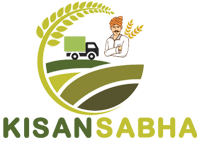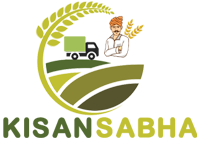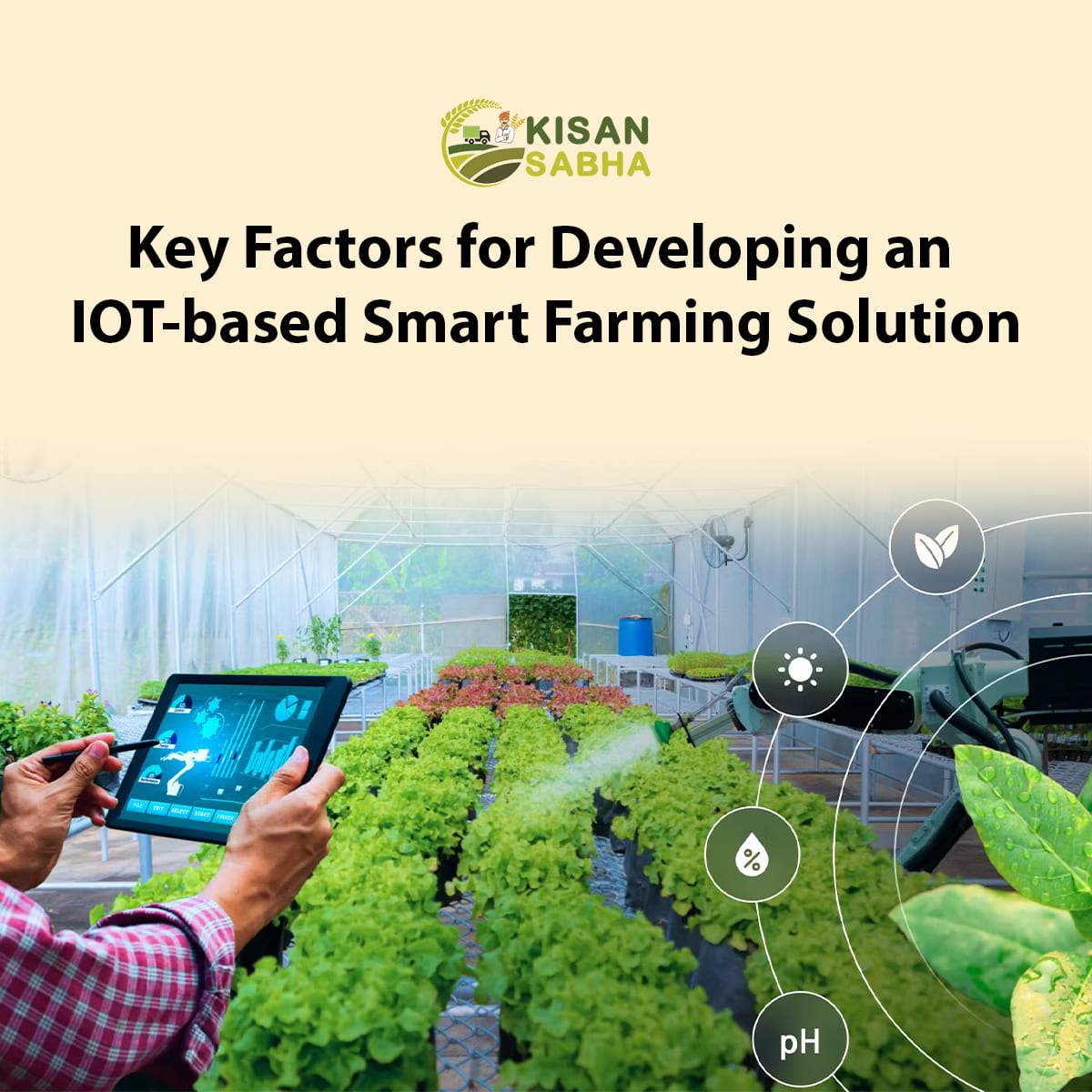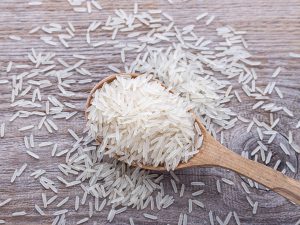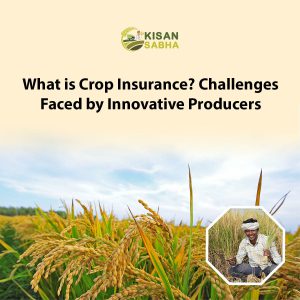We live in the age of technology, and use our presence of mind to excel in different spheres of life. The plus point is that we do not have to toil hard for the limited phase, and integrating it with existing technology will provide exceptional benefits. Do not assume that the scope of technology is limited to making lightweight code only. Technology innovation simplifies long-lasting complexity. A few decades ago, agriculture had certain uncertainties that catered to standard farming aspects.
But technology has changed the crop future. It emphasizes not doing it randomly and keeping agricultural inputs for a fruitful agricultural outcome. If you want to achieve the best return on the investment, you should opt for the precise resource for higher agricultural efficiency. Have you ever thought about how to transform this expectation into reality?
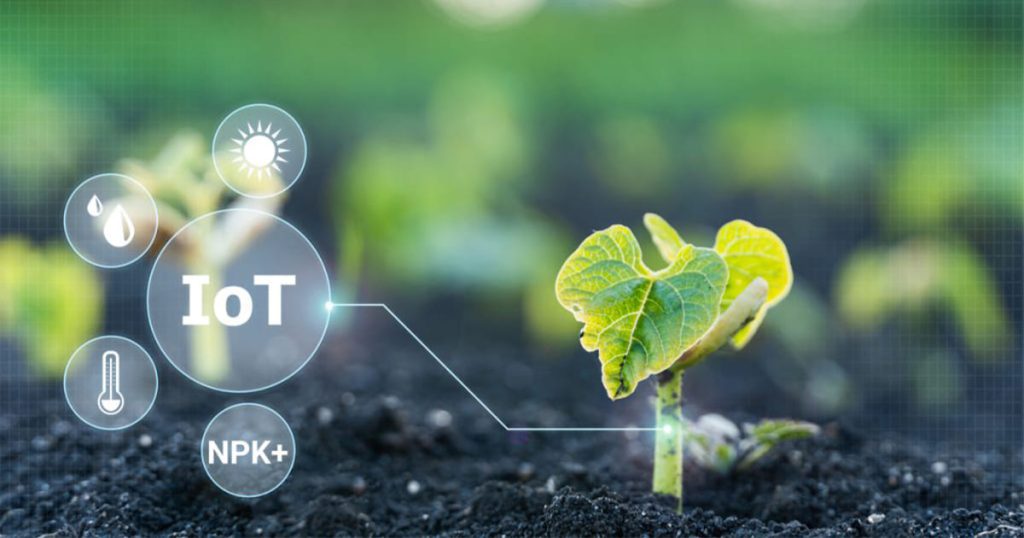
What are IoT Expectations?
IoT technology integration helps you a lot with productivity enhancement. IoT technology-centric agriculture is referred to as smart farming. This approach secures agriculture through connecting devices, data analytics, and automation for the agricultural process. Agricultural automation is far better at improving yields and conserving natural resources. Take time and research properly to choose IoT-based farming to address what kind of challenge.
So, you analyze the positive point to consider it. Agriculture stakeholders must consider it and choose the appropriate sensors to combat data security issues. After that, it ensures that connected and intelligent farms lead to sustainable and suitable agricultural practices.
Read More:- How Can We Sustain Farming Through Bio-Control Agents?
Overview of Smart Farming
The literal meaning of smart farming is to add some agricultural input variants. In other words, you leave outdated practices behind to move ahead in the sustainable business venture. It is a modern agricultural technology that works with data-driven approaches to simplify and optimize practice. Do not carry forward outdated technology because it drains your energy and money in different phases of agriculture.
While adopting, farmers ensure sustainability, productivity improvements, and efficiency of agricultural operations. Surefire agriculture success is possible if a producer integrates automation, artificial intelligence, drones, and data analytics. As a result, it is not hard to make an informed decision for resource allocation, agricultural operation, crop management, and so on. In a nutshell, you never undermine the latest agriculture to grow more. The limitations in agricultural practice and their allocation make up nearly 20% of agricultural yields.
Smart farming produces excellent nutrient-rich crops that are beneficial for their end-users. On the contrary, it reduces the water consumption up to 30% and conserves natural resources. Less water consumption is beneficial for arid and semi-arid areas. Its locales have the positive hope to grow moderate water consumption crops. All the described details encourage moving to smart farming for food security and sustainability. IF you love to try this practice at least once, then you walk through the below considerations.
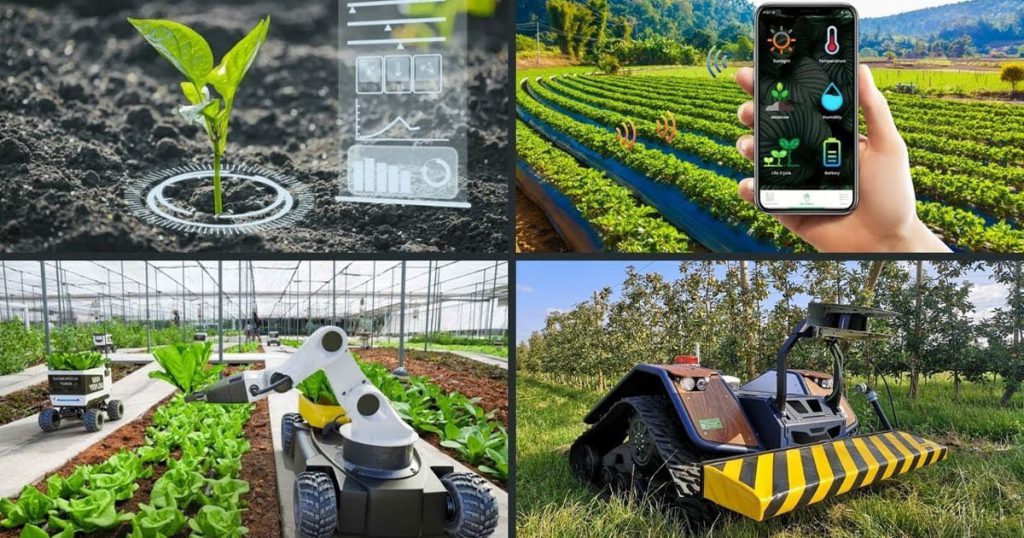
Key Factors for Smart Farming
The technology innovation highlights that a massive population faces the same failures, and is looking for positive hope to deal with them.
Hardware and Agricultural Equipment
No man is an island, and one should associate with living and non-living entities to accomplish their venture’s goal. Pick the best agricultural equipment that will lessen your manual effort. By using the proper equipment, you do not take much time to process basic work. But, Framer should go ahead with an effective farming solution on the two primary factors. The data type that you gather and the overall planned goals.
The hardware must match the valuable characteristics that sound better in agricultural environments. For instance, the sensor must be precise and accurate to retrieve the best class throughput. Agriculture business brings the maximum fairness if the agriculture infrastructure is up to mark.. In other words, your agriculture is secure and reliable in many aspects. But, you must know the art of using sensors and other hardware for more prospective outputs.
Mobility
Your smart farming leads should be flexible enough to grow yields in different conditions. In short, there is no limitation in specific fields. One should go for large farms, greenhouses, and even backyard gardens. It means sensors and devices do their technical work in IoT-based farming. In addition, an individual can grab essential agricultural data from the setup, and there is no restriction on accessing this data.
Data Analytics
The smart farming solution aims to collect the most valuable data. In addition, it analyzes large amounts of data to work in real-time. So, you take a sigh of relief, and think of a smart way to capture data, process, store, and include all AI techniques. Hence, it would be great to smart framing technique after going through the pinpoint details.
Conclusion
Resource allocation and its distribution are mandatory for earning more, and your investment in agriculture does not go to waste. No matter what type of agricultural input you want, you must do proper research for input intake and data analysis. The advanced plan does not allow for any loss after cultivation. Adapt effective methods for precision through IoT in agriculture. If you are eager to maintain nutrients in the product, glue on smart farming and implement it in your field for respective crops. Do not hesitate to ask for assistance if implementing the theoretical practice is not within your control. Be positive and stay connected with KisanSabha to market your produce to a wide audience.
